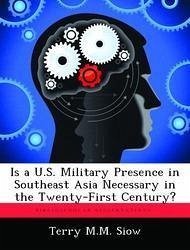
Accepting the Challenge: Examining Infantry and Military Police Employment of Competencies on the Twenty-first Century Battlefield
Versandkostenfrei!
Versandfertig in über 4 Wochen
52,99 €
inkl. MwSt.

PAYBACK Punkte
26 °P sammeln!
Mission, threat and capabilities adaptations in the twenty-first century continue to change the tasks assigned to U.S. Army Infantry units. Traditional infantry tactical training does not prepare U.S. infantry forces for many of the tasks required in continuing missions in the Balkans, Afghanistan, and Iraq. Examining the threat and U.S. Army doctrine for both infantry and military police forces in terms of U.S. Army leadership skill sets provides insights into how to train infantry forces in the future. The analysis of the threat in the future portends increased training focus upon conceptual...
Mission, threat and capabilities adaptations in the twenty-first century continue to change the tasks assigned to U.S. Army Infantry units. Traditional infantry tactical training does not prepare U.S. infantry forces for many of the tasks required in continuing missions in the Balkans, Afghanistan, and Iraq. Examining the threat and U.S. Army doctrine for both infantry and military police forces in terms of U.S. Army leadership skill sets provides insights into how to train infantry forces in the future. The analysis of the threat in the future portends increased training focus upon conceptual and interpersonal skills. Infantry training does not focus on these skills. Military police do integrate these skills into both training and operations. It is possible for infantry forces to leverage training focus on conceptual and interpersonal skills. By accepting that missions in the twenty-first century will require skills different from traditional competency in tactical operations, infantry forces will be better able to understand the complex issues of the current and future battlefield. By reconceptualizing the relationship between apparently non-tactical skills and tactical skills, the infantry force will be able to achieve greater success in future missions.














